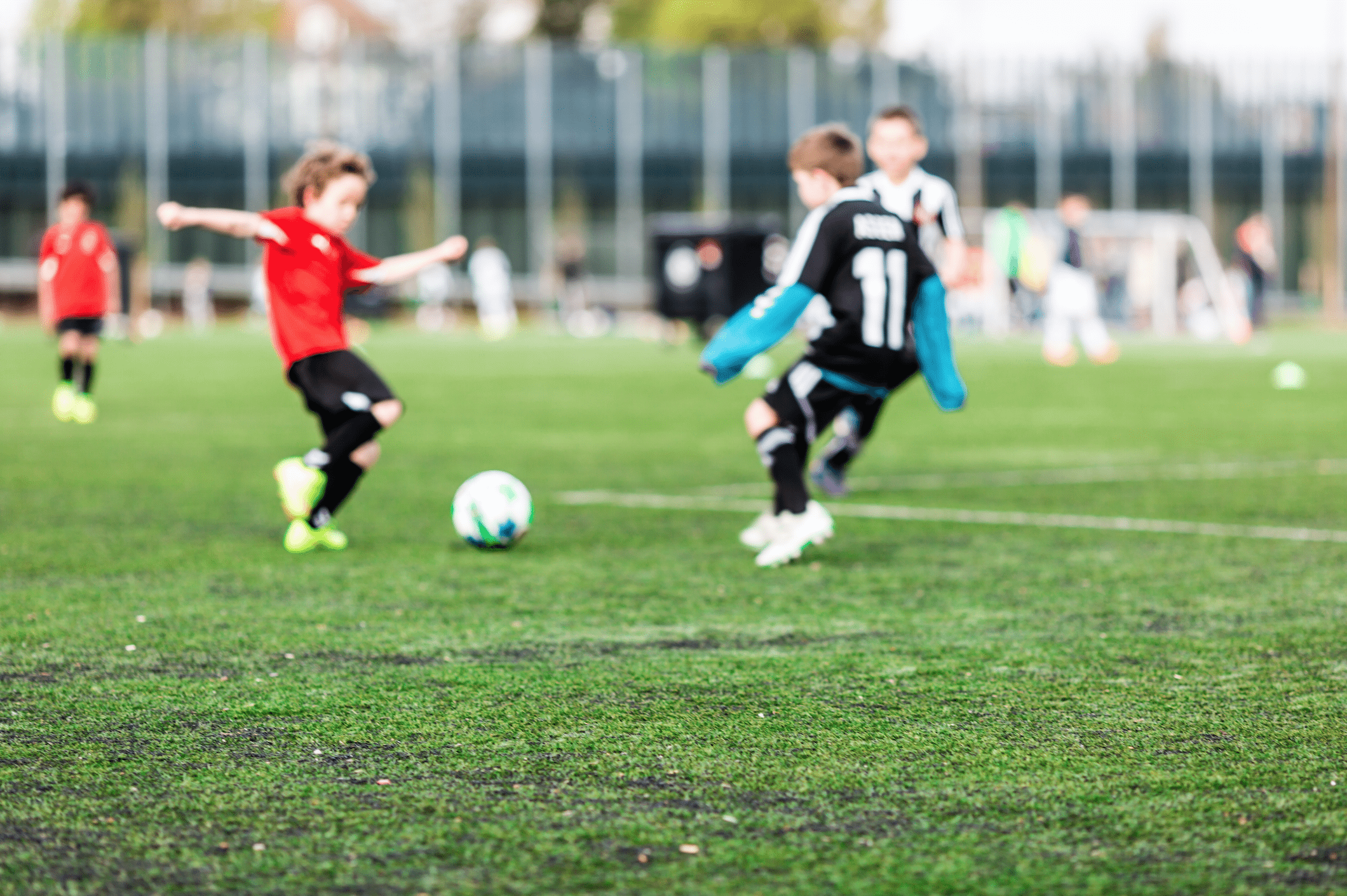By Megan Boyle, Editorial Director, Healthy Child Healthy World
Reproduced with the permission of the Environmental Working Group, www.healthychild.org.
For parents, feeding a new baby can feel like a full-time job.
Add to that the stress and complications of airplane travel, and it can feel like a downright headache, whether you’re breast- or bottle-feeding.
So before catching your next flight—especially if it’s baby’s first—read these simple tips for feeding your little one safely, cleanly and on schedule.
Know what to pack: You can carry on milk and formula
The most important thing to know is, you can bring everything you need on the plane with you.
The Transportation Security Administration restricts carry-on liquids such as shampoo or mouthwash to 3.4-ounce containers in zip-top bags. But the rules are different for breast milk, baby formula and water for baby. The TSA classifies them as “medically required liquids” and allows them on all flights.
Pack enough to keep your baby comfortable during the trip, as well as extra in case of delay. Coolers and liquid or gel ice packs are permitted as well (teethers too).
At security, tell TSA officers you have baby’s liquids and allow extra time in case they decide to put you through additional screening or ask you to open the bottles.
If you’re transporting large quantities of any liquid, including breast milk you expressed elsewhere, freeze and check it, rather than try to carry it on.
Visit the TSA Parents Page to learn more.
Use airport resources
In addition to plane time, your family may spend hours in the airport. Before traveling, investigate whether the airport you’re visiting has a lactation room—a private space (not a bathroom) with a table, chair and electrical outlet. More and more airports are adding such a facility; San Francisco International Airport, Baltimore/Washington International Airport and Chicago Midway International Airport are among them.
Check your airport’s website for information about a lactation room and ask at the check-in gate, in case one has been installed recently. Use this room to nurse, pump or bottle-feed, but to be safe, wipe surfaces (like changing stations) with a warm, soapy paper towel or a baby wipe before placing your child on them.
A word about water
The low humidity of airplane cabins means dehydration for passengers. If you’ll be breastfeeding during the flight, remember to drink extra water. To make sure you have enough, bring a reusable BPA-free water bottle from home, carry it empty through security, then fill it from a fountain or restaurant inside the terminal. Ask your flight attendant for refills.
If you’ll be mixing formula for your infant, include filtered water among the liquids you bring through security. It will save you time, energy and money at the airport, and limit a delay when baby is hungry. It’s also a healthier, greener choice, since both bottled and tap water may contain contaminants like lead or perchlorate, which can be harmful to your baby. One-use plastic water bottles also clog landfills and sometimes the ocean.
Consider baby’s feeding schedule when booking the flight.
Takeoff and landing are the hardest part of airplane travel for babies because changing cabin pressure hurts sensitive little ears. Since swallowing helps alleviate the discomfort, aim to feed your baby during these times. Bonus: a takeoff feeding may help her fall asleep, making the flight a little easier on everyone. (Sucking a pacifier can have a similar effect. Choose one made of silicon, not latex rubber.)
If you need to warm a bottle, bring a jar or container from home (planes are rarely equipped with a vessel large enough) and ask your flight attendant to fill it with hot water when you board. Do not heat bottles by microwave.
Relax!
An estimated 2.4 million Americans are expected to fly every day this summer, according to the industry trade group Airlines for America. That figure includes many families just like yours—maybe even on the same flight.
Airport and airline staff members are equipped to help you, and fellow passengers—particularly parents—will surprise you with their kindness.
Relax and enjoy this time with your infant. Flying with a toddler will be a whole new challenge!
Healthy Child Healthy World, powered by EWG, empowers parents to take action and protect children from harmful chemicals. Learn more: www.healthychild.org
















